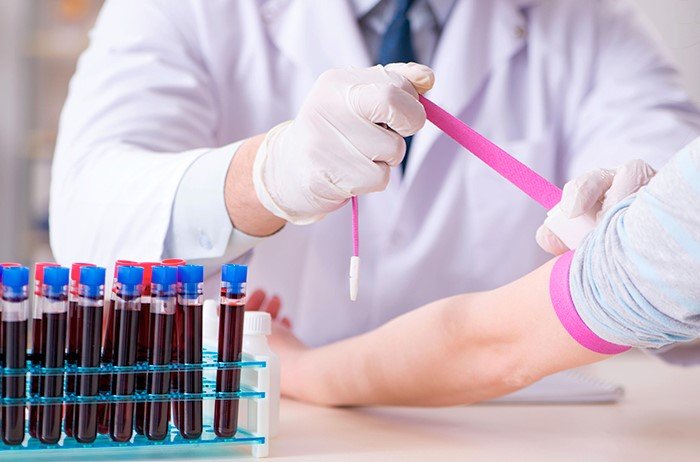Challenges Faced by US Hospitals in Testing Sterilization Equipment: Overcoming Regulatory Compliance, Maintenance, and Staff Training
Summary
- Hospitals in the United States face numerous challenges when testing sterilization equipment
- Compliance with Regulations and standards is a major hurdle for hospital supply and equipment management
- Ensuring the safety and effectiveness of sterilization equipment is crucial to patient care
Introduction
Ensuring the cleanliness and sterility of medical equipment and supplies is a critical aspect of hospital management. Hospitals in the United States face numerous challenges when testing sterilization equipment to ensure the safety and well-being of patients. This article will discuss the common challenges faced by hospitals in the United States when testing sterilization equipment and provide insights on how to overcome these hurdles.
Regulatory Compliance
One of the major challenges faced by hospitals in the United States when testing sterilization equipment is ensuring compliance with regulatory standards. Hospital supply and equipment management personnel must adhere to guidelines set forth by regulatory agencies such as the FDA and CDC to ensure the safety and effectiveness of sterilization equipment. Failure to comply with these Regulations can result in fines, sanctions, and compromised patient care.
Subpar Sterilization Results
Another common challenge faced by hospitals is achieving consistent and reliable sterilization results. Testing equipment to ensure proper sterilization requires specialized knowledge and expertise. If sterilization equipment is not functioning correctly, it can pose serious risks to patients, staff, and visitors. Hospital management must invest in training programs and resources to ensure that sterilization equipment is properly maintained and functioning at optimal levels.
Equipment Maintenance
Maintaining sterilization equipment can be a costly and time-consuming process for hospitals. Regular maintenance and calibration of equipment are essential to ensure that it is functioning correctly. However, budget constraints and limited resources can make it challenging for hospitals to invest in the necessary maintenance and repairs. As a result, equipment may malfunction, leading to ineffective sterilization and increased risks of infection.
Staff Training and Education
Proper training and education of hospital staff are crucial to successful sterilization practices. Many hospitals struggle with staff turnover, which can result in gaps in knowledge and training. It is essential for hospitals to invest in ongoing training programs and resources to ensure that staff are knowledgeable about proper sterilization techniques and equipment. Additionally, staff must be educated on the importance of following protocols and guidelines to maintain a safe and sterile environment for patients.
Technological Advancements
Keeping up with technological advancements in sterilization equipment can be a challenge for hospitals. New technologies and innovations are constantly emerging, making it difficult for hospitals to stay ahead of the curve. Investing in new equipment can be costly, and hospitals must carefully evaluate the benefits and drawbacks of implementing new technologies. Additionally, staff must be trained on how to operate and maintain new equipment to ensure its effectiveness.
Resource Allocation
Proper resource allocation is crucial for hospitals to effectively test sterilization equipment. Hospitals must balance the need for quality equipment and supplies with budget constraints and financial limitations. Allocating resources efficiently can be a significant challenge, especially for smaller hospitals with limited funding. Hospital management must prioritize the safety and well-being of patients while also managing costs and ensuring the sustainability of operations.
Conclusion
In conclusion, hospitals in the United States face numerous challenges when testing sterilization equipment. Compliance with Regulations, achieving consistent sterilization results, maintaining equipment, staff training and education, technological advancements, and resource allocation are among the common hurdles encountered by hospital management. Overcoming these challenges requires a multifaceted approach that involves investment in training programs, technological advancements, and resource management. By prioritizing patient safety and well-being, hospitals can effectively manage their supply and equipment to ensure the cleanliness and sterility of medical supplies.

Disclaimer: The content provided on this blog is for informational purposes only, reflecting the personal opinions and insights of the author(s) on the topics. The information provided should not be used for diagnosing or treating a health problem or disease, and those seeking personal medical advice should consult with a licensed physician. Always seek the advice of your doctor or other qualified health provider regarding a medical condition. Never disregard professional medical advice or delay in seeking it because of something you have read on this website. If you think you may have a medical emergency, call 911 or go to the nearest emergency room immediately. No physician-patient relationship is created by this web site or its use. No contributors to this web site make any representations, express or implied, with respect to the information provided herein or to its use. While we strive to share accurate and up-to-date information, we cannot guarantee the completeness, reliability, or accuracy of the content. The blog may also include links to external websites and resources for the convenience of our readers. Please note that linking to other sites does not imply endorsement of their content, practices, or services by us. Readers should use their discretion and judgment while exploring any external links and resources mentioned on this blog.
